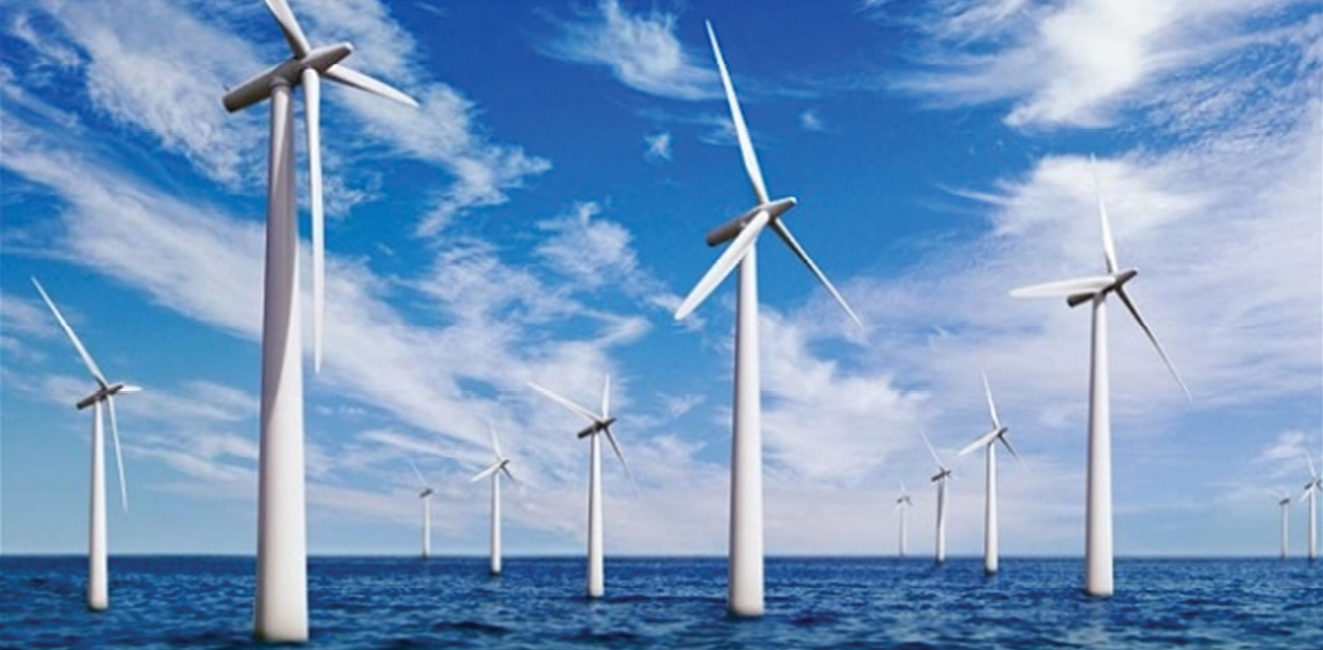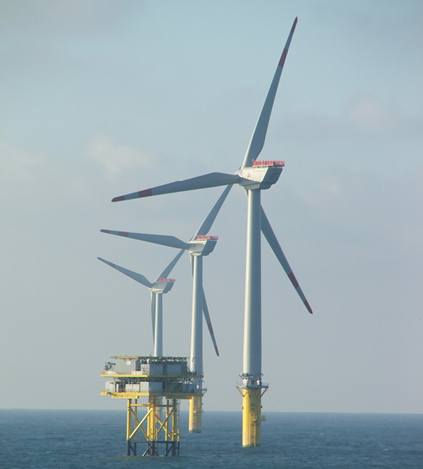- Home
- Media Kit
- Current Issue
- Past Issues
- Ad Specs-Submission
- Ad Print Settings
- Reprints (PDF)
- Photo Specifications (PDF)
- Contact Us
![]()
ONLINE
![]()
ONLINE

Offshore Wind Development
Editors’ Note
Robert Catell was formerly the Chairman and Chief Executive Officer of KeySpan Corporation and KeySpan Energy Delivery, the former Brooklyn Union Gas. His career with Brooklyn Union Gas started in 1958. Following National Grid’s acquisition of KeySpan Corporation, Catell became Chairman of National Grid U.S. and Deputy Chairman of National Grid plc. He currently serves as Chairman of the Advanced Energy Research and Technology Center, Cristo Rey Brooklyn High School and Futures in Education Endowment Fund. Catell received both his bachelor’s and master’s degrees in mechanical engineering from the City College of New York and is a registered Professional Engineer.
Organization Brief
National Offshore Wind Research and Development Consortium (nationaloffshorewind.org) is a nationally focused, not-for-profit organization that seeks to produce innovations that directly respond to the technical and supply chain barriers faced by offshore wind project developers in the U.S., build strong networks connecting technology innovators, investors, and industry, and increase U.S. content and job opportunities.

Offshore wind energy farms
What was the vision for creating the National Offshore Wind Research and Development Consortium and how do you define its mission?
National Offshore Wind Research and Development Consortium has as its mission to fulfill a long-term vision for offshore wind in the U.S. by supporting and promoting research and development (R&D) activities that remove or reduce technological and supply chain barriers and lower development risk to investors. The Consortium is a national not-for-profit organization, collaborating with industry on prioritized R&D activities to reduce the levelized cost of energy (LCOE) of offshore wind in the U.S. while maximizing other economic and social benefits.
As states move to reduce carbon in their electric generation mix, renewables in the form of wind and solar will become a greater percentage of the energy mix. Offshore wind accounts for over 30GW of new state mandates for new generation by 2035. The number is significant and the road to achieve that goal is short – 15 years! The offshore wind industry will grow exponentially in the next decade.
In order to accomplish these aggressive goals, there is a need to do research to bring the cost of offshore wind down and to create a supply chain to support an offshore wind industry in the United States.
While a lot can be learned from the experience in Europe and the traditional oil and gas industry, conditions are different in the U.S. and the industry infrastructure does not currently exist to support substantial quantities of offshore wind.

What excited you about the opportunity to chair the National Offshore Wind Consortium and will you highlight the strength and expertise of the team that has been assembled to lead the Consortium?
I was excited about the opportunity to be part of the effort to develop this source of renewable energy by initiating the research and development necessary to reduce the levelized cost of offshore wind. This will be accomplished through the collaboration with industry and will be a catalyst to provide other income and social benefits of an offshore wind industry.
The Consortium is led by its Executive Director, Carrie Cullen Hitt, who has a great deal of experience in the renewable energy industry and working with government. The Consortium is located at, and works closely with, the Advanced Energy Research & Technology Center at Stony Brook University, which I chair.
The Consortium is funded by the U.S. Department of Energy, the New York State Energy & Research Development Authority, the Virginia Department of Mines, Minerals & Energy, Massachusetts Clean Energy Center, and the Maryland Energy Administration. Research Institutions such as the National Renewable Energy Labs, Virginia Tech, Tufts University, and Cornell have received funding awards. The engagement of these entities, along with the initial funding of $41 million means this group can contribute in a significant and meaningful way to U.S. offshore wind development. The Consortium will have a positive impact on U.S. economic growth in the near term.
“The Consortium has a national focus using
the research and development efforts to develop
the new technologies which can be commercialized
and create new business in the areas of
offshore wind development.”
What do you see as the economic benefits to the U.S. in the research and development of offshore wind?
The Consortium has a national focus using the research and development efforts to develop the new technologies which can be commercialized and create new business in the areas of offshore wind development. It will also work with educational institutions providing the associated workforce with the skills necessary to build and maintain the offshore wind installations.
The Consortium is focused on innovation in all aspects of offshore wind construction and ongoing operations. For example, port and vessel innovation for infrastructure development and O&M, as well as supply chain and manufacturing improvements for components, all of which will provide significant economic benefits by creating businesses and jobs.
How critical is it to build strong partnerships with the private sector and to collaborate with industry in order to be successful in the Consortium’s efforts?
The private sector will provide a critical role in the work of the Consortium to ensure the commercial viability of the new technologies being developed through the research efforts of the Consortium. Consortium work is supported by industry participants, including GE Renewables, Hitachi ABB, National Grid, and the Electric Power Research Institute. A number of offshore wind developers are directly engaged as well including Equinor, RWE, Shell Ørsted, and Vineyard Wind to name a few.
The partnership will provide innovations that directly respond to the technical and supply chain barriers faced by offshore wind developers in the U.S. This collaboration will build strong networks cementing technology, innovations, investors, and industry and it will ensure U.S. content and job opportunities.
How do you define success for the Consortium and how critical are metrics to measure the impact of the Consortium’s work?
The Consortium’s specific and immediate R&D objectives are outlined in a roadmap – Roadmap 2.0. This roadmap provides guidance for solicitations in the areas of major interest and opportunity. Our various committees, including the Research and Development Advisory Group (RDAG), Manufacturing Supply Chain Services Council (MSSC), and State Action Network (SAN) are in formative states and are set to assist the Consortium in defining its research agenda and metrics.
Over the long term, success for our funders is defined as materially contributing to the deployment of offshore wind and lowering its costs via innovation. Shorter term success is measured by bringing value to our members so that they will provide the financial support necessary for the Consortium to continue its important work beyond the five-year period and that we have a very significant offshore wind industry in the U.S.
You have spent your career in the energy industry. What has made the industry so special for you and what do you tell young people about the opportunities that the industry offers as a career?
The energy industry has provided me the opportunity to have a very successful career by being in the forefront of the advances leading to a cleaner energy future. I have had the opportunity to work with very educated, innovative individuals who have made the industry very rewarding and meaningful to society.
I would encourage young people to consider a career in the energy industry if they wish to truly contribute to the improvement of the quality of life for all individuals. We have a very bright energy future and will need the leadership necessary to accomplish our goals for a cleaner, greener future.![]()